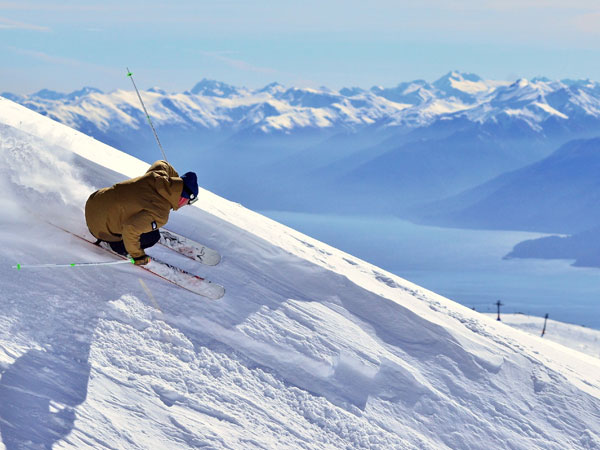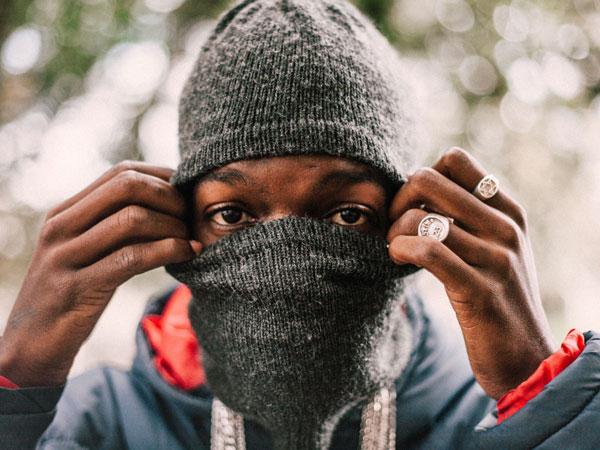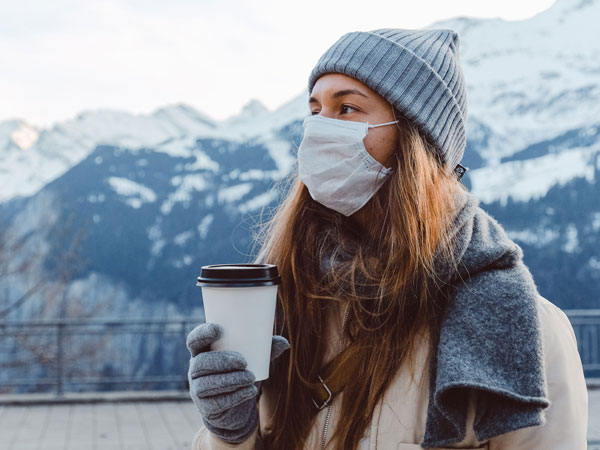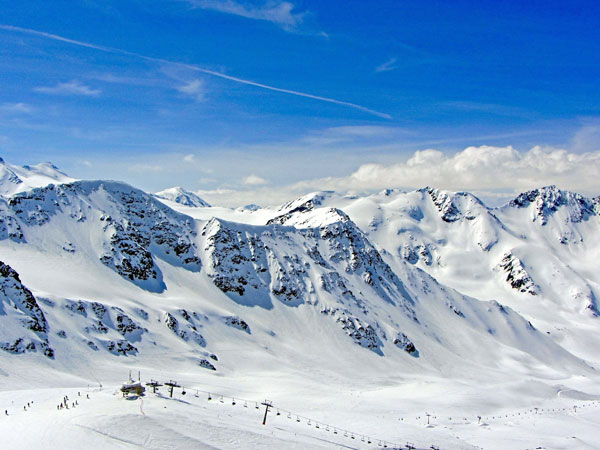Fall has arrived and Kulkea remains positive about the outlook for the coming winter: There will be a ski season this year. You will be able to ski.
There are many unknowns, of course, but the fact remains that resorts have now had several months to prepare for the upcoming season. Plus, snow sports have a major advantage over nearly every other activity that involves a group of simultaneous participants because skiers and snowboarders naturally dress up in what we’ve come to learn is called personal protective equipment (PPE). We wear gloves to cover our hands, neck gaiters to warm our mouths and goggles to protect our eyes. The very things in which the CDC recommends for protecting against Covid-19 come natural to the sport.

While the 2020-2021 season is sure to be unique, one thing you can pretty much guarantee is that there will be more terrain, per person, than ever before. That translates to perfect learning conditions for those working on nailing their turns, plus a surplus of untouched powder for the pros. And if you purchase a pass soon, you’ll be looking at some of the best deals in years as places around the country drop prices to lure visitors back.
So, what might the first full ski season in the era of coronavirus look like? Resorts in the Southern Hemisphere may offer some clues.
How the Southern Hemisphere fared
Ski season has been in full swing in much of the Southern Hemisphere since June, and there has not been any news indicating that it has been a notable source of contagion. Resorts in New Zealand, which was virus-free for 100 days at the start of the Austral winter, opened like they would in any normal year with no special coronavirus restrictions in place. A second outbreak in mid-August, however, forced places like Coronet Peak and Mt Hutt to get creative with new rules for social distancing and color-coded zones that each had unique regulations. New Zealand also mandated contact tracing via ski passes that track movement across the slopes.
Popular Australian resorts like Thredbo and Perisher operated at approximately 50% of the usual capacity and put up signage to encourage visitors to keep 1.5 meters (5 feet) apart at lifts and lines (though a “live together, ride together” rule applied to families and friends). While programs such as childcare and ski school were not available, indoor dining was with limited capacity and timed entry (20 minutes for a coffee, 40 minutes for a meal). Both resorts went cashless and required the pre-purchase of lift passes and rental packages.
A handful of resorts in Chile and Argentina – which were hit harder by the coronavirus – reopened for local residents in August, half-way through the Austral season, after weeks of early snow gave the Andes some of their best conditions in a decade. The popular ski centers of La Parva and El Colorado, near the Chilean capital of Santiago, unlocked their gates with new rules mandating daily temperature checks for staff, advanced online ticketing for visitors and a mandatory distance of 1 meter (3ft) on lifts and lines. They also capped capacity to 30% of normal levels – a boon for those who prefer their runs traffic-free. Across the Andes in Argentina, slopes opened at resorts from the popular resort town of Bariloche all the way down to Tierra del Fuego, with restrictions including a distance of 2m (6ft) in lines and the transition of onsite restaurants into takeaway venues. Clothing rentals were banned on both sides of the Andes.

How North America is preparing
As the 2020-2021 Northern Hemisphere ski season approaches, several resorts have released statements to both set the tone and make visitors aware of how to best enjoy their time under the current circumstances.
For example, Vail Resorts CEO Rob Katz said in an open letter that he remains optimistic for a successful winter season at the company’s 34 North American resorts, which include major players such as Vail, Whistler Blackcomb, Park City and Stowe. "We are actively preparing our resorts to ensure our employees and guests have a safe and enjoyable experience this winter,” he said. “But we also know that without strong, healthy communities, none of that matters."

New measures will include the mandatory use of face coverings in all public gathering spaces (when not eating or drinking) and the restriction of events both in resort towns and on the slopes that don’t allow for 6 feet of distancing. “We need to accept that this will likely be the reality for the full season,” he noted.
Vermont’s Killington Mountain Resort – the largest ski area on the East Coast – has put in place strict new measures to ensure safety, including daily health checks for staff and plexiglass barriers between guests and employees. It’s also joined many in the industry in promising future-use vouchers for season pass holders if the slopes are closed for an extensive period of time because of Covid-19.
Following the lead of their Southern Hemisphere counterparts, many resorts are expected to go cashless and require advanced reservations to help control crowds. Social distancing on lifts is also likely for those who don’t reside in the same household. The level of services – including bars and restaurants – may be limited by local or state regulations, as will events such as concerts, races and festivals.

As Mike Kaplan, CEO of Aspen Skiing Company, noted in an open letter to Aspen Snowmass passholders, the coming ski season “will be more of an old school experience, but that could also translate to less noise, fewer distractions and, hopefully, more meaning.”
It won’t be business as usual, but you might just find yourself pleasantly surprised with more slope space and less commotion than any ski season in recent memory.

